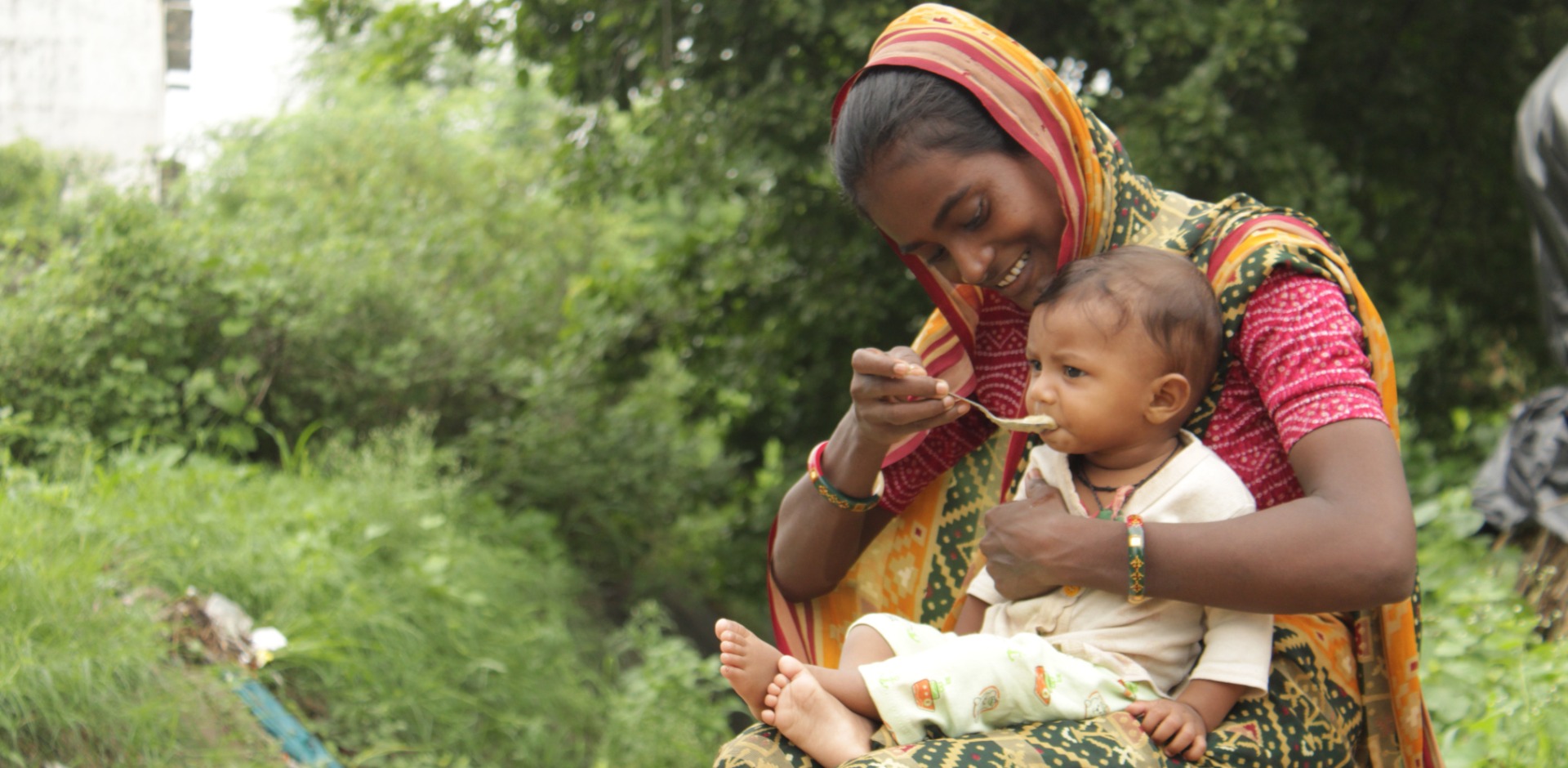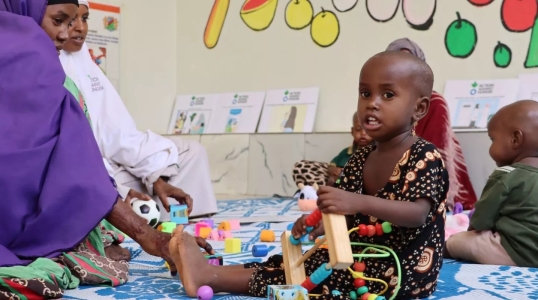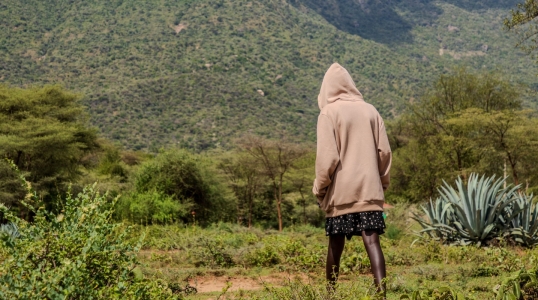
This Holiday Season, Give the Gift of Hope

One in eleven people globally goes to bed hungry according to the State of the Food Security and Nutrition in the World (SOFI) report released today by four United Nations (U.N.) agencies: the Food and Agriculture Organization, World Food Program, International Fund for Agricultural Development, and UNICEF, the U.N.’s Children’s Fund.
Chronic inequality, conflict, and climate shocks are the leading drivers of global hunger. Political commitment to financing assistance programs that address hunger’s root causes is inconsistent and has left countries experiencing the highest level of food insecurity with the least access to financing. The policies needed to transform the agrifoods system and treat the driving forces behind hunger have been identified, but large funding gaps are preventing them from being implemented at scale.
As the funding gap increases, so do food prices, and throughout 2022, the average cost of a healthy diet rose globally to 3.96 purchasing power parity (PPP) dollars per person per day, compared to 3.56 PPP in 2021. The cost of a healthy diet across regions in 2022 was the highest in Latin America and the Caribbean with an average cost of 4.56 PPP, an increase of nearly 12% in just one year.
Hunger is increasing in Africa at an alarming rate, where one in every 5 people is hungry, and the prevalence of moderate or severe food insecurity on the continent is nearly double the global average. The Latin and Caribbean regions have seen progress in hunger, and hunger has remained relatively unchanged in Asia.
The SOFI report’s theme, “Financing to End Hunger, Food Insecurity and Malnutrition in All its Forms,” highlights the dramatically inadequate funding provided by the international community for hunger assistance. Food security and nutrition represent less than a quarter of the total funding for official development assistance. Regardless of the exact amount of financing needed to make the necessary progress toward ending hunger, malnutrition, and food insecurity, the financing gap could amount to several trillion CAD.
“Conflict, climate change, and chronic inequality are major drivers behind surging food insecurity. The good news is that the international community has the tools and the knowledge to prevent hunger for everyone, for good. Yet, unless we close the growing gap between community needs and available funding, this preventable crisis will continue,” said Onome Ako, CEO of Action Against Hunger.
SOFI’s theme aligns with issues addressed in Action Against Hunger’s 2024 Hunger Funding Gap report, which highlighted the gap in hunger funding for countries with the most urgent needs up 23% from 2022 to 2023.
Despite the world producing enough food for everyone, almost 2.5 million malnourished children die every year. Meeting nutritional needs, especially at a young age, is critical for mental and physical development. Good nutrition is critical to realizing other global priorities, including education, health, and economic growth.
“Financing for hunger assistance programs shouldn’t be considered a cost, but an investment in the long-term security of our global community,” said Ako. “The SOFI report makes clear that our current food system is unsustainable. We need a rapid and sustained influx of funding for multidimensional programs that address the nexus between hunger, climate, conflict, and gender. The world’s most vulnerable are counting on us.”



Join our community of supporters passionate about ending world hunger.